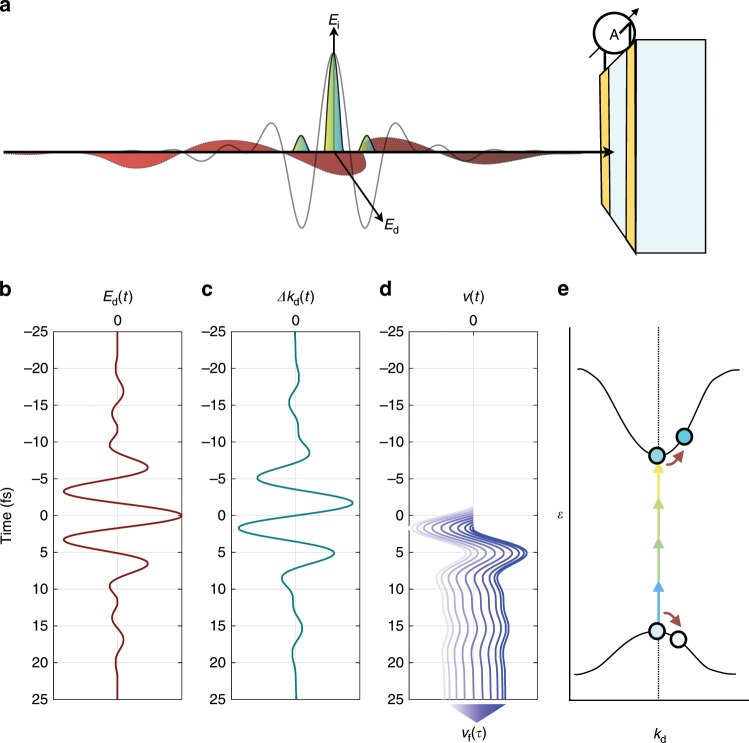Fig. 1. Field-dependent motion of charge carriers upon interaction with a pair of laser pulses.
a The cross-polarized fields, Ei and Ed are incident on a Z-cut quartz sample with gold electrodes attached to the material in the vicinity of the point of incidence of the laser pulses. The strong, nearly single-cycle pulse Ei induces a transition from the valence to the conduction band in the material, in the presence of the orthogonally polarized driving field Ed (b). c In an independent-particle picture, the crystal-momentum offset Δkd of an injected carrier along the horizontal direction is proportional to the time integral of the field Ed. This offset, together with band energies, determines the group velocities of charge carriers (d). In a semiclassical picture where photoinjection at time τ creates a wave packet with zero initial velocity, the average velocity at later times is determined by Δkd(t) − Δkd(τ). Thus, the average velocity of the carriers is sensitive to the time τ of the transition, which is controlled experimentally via the relative delay of the two laser fields, setting the in-band acceleration of the carriers after the photoinjection event (e). The measured dipole in the dielectric is proportional to the average displacement of charge carriers, which is obtained by integrating their average velocity over time.

